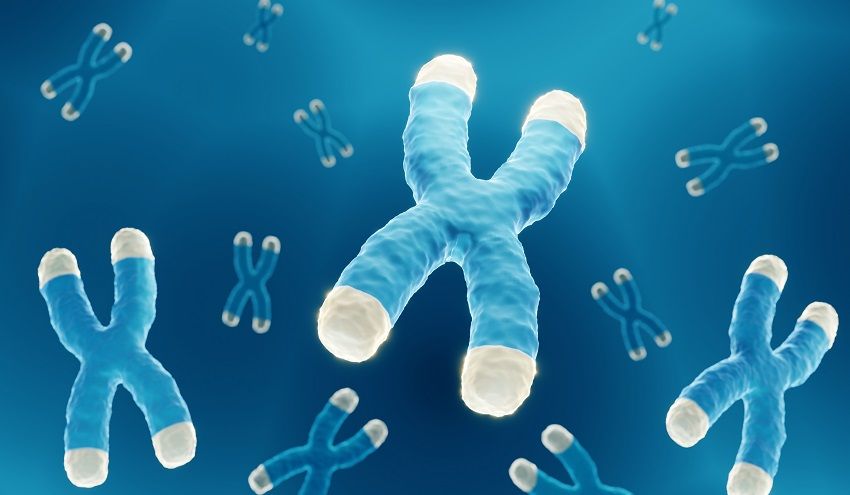Telomeres are primarily extended through telomerase, which consists of the reverse transcriptase TERT and the RNA template hTR. Additionally, a wide range of telomeric proteins regulate telomere length and protect telomere ends from being recognized as DNA breaks. Together, these proteins form a vast network at the telomeres that ensures genome stability and integrity.

At CD BioSciences, we offer various advanced services for the analysis of telomeric protein interactions, providing valuable insights into the mechanisms underlying aging.
Overview of Our Telomeric Protein Interaction Analysis Services
Analysis of telomeric protein-protein interactions
Our advanced techniques enable examination of interactions between different telomeric proteins, and in-depth insights into the protein complexes that regulate telomere maintenance and function. We identify these interactions through a variety of biochemical and genetic methods, including yeast two-hybrid (Y2H), immunoprecipitation/MS (IP/MS), bimolecular fluorescence complementation (BiFC) assay, and pull-down assay. Our services are critical for understanding the behind telomere biology and the consequent implications for cellular aging.
Analysis of telomeric protein-DNA interactions
Using ChIP technology, we analyze how proteins bind to telomeric DNA and affect its structure and function. Our reports provide ChIP data for telomeric proteins, including information on chromosomal location, genes, folding enrichment, annotation, and more. Our service is essential for shedding light on events related to aging and age-related diseases.
Analysis of telomeric protein-RNA interactions
Our analysis delves into the interactions between telomeric proteins and RNA molecules. RNA has been increasingly recognized for its role in regulating telomere maintenance and function. By studying the interactions between telomeric proteins and RNA, we uncover the involvement of RNA in telomere biology and its significance in the aging process.
Analysis of telomeric protein-DNA-RNA interactions
Through integrated analyses of telomeric proteins-DNA-RNA interactions, we provide a comprehensive view of the intricate interplay among these biomolecules, offering a deeper understanding of aging-related molecular events.
Our Methods for Telomeric Protein Interaction Analysis
Our methods are designed to capture and analyze the dynamic interactions between telomeric proteins and other biomolecules precisely and accurately. Below is an overview of some of the methods we employed.
- Co-immunoprecipitation (Co-IP) assays
- Chromatin immunoprecipitation (ChIP) assays
- Electrophoretic mobility shift assays (EMSA)
- RNA immunoprecipitation (RIP) assays
- Cross-linking immunoprecipitation (CLIP) assays
Applications of Telomeric Protein Interaction Analysis in Aging
- Understanding aging processes
By deciphering the intricate network of interactions involving telomeric proteins, we gain insights into the underlying mechanisms of aging. Understanding how telomere maintenance and function are regulated at the molecular level provides valuable information about the aging process, including cellular senescence and age-related changes in cellular function.
- Identifying molecular biomarkers of aging
By studying the interactions between telomeric proteins and other cellular components, we can identify specific molecular signatures associated with aging, providing valuable targets for further research into age-related diseases.
CD BioSciences, in the field of telomeric protein interaction analysis, offers unparalleled expertise and services to advance our understanding of telomere biology and its implications for aging and age-related diseases. If you are interested in our services, please feel free to contact us or make an online inquiry.
All of our services and products are intended for preclinical research use only and cannot be used to diagnose, treat or manage patients.






